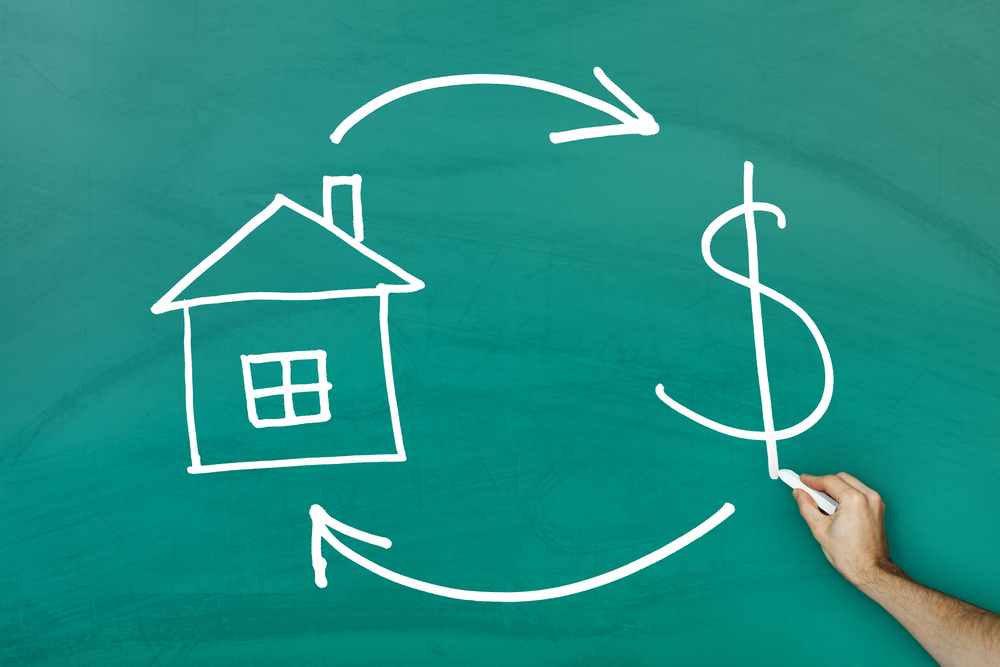Are you looking forward to starting and excel in real estate?
Well, then you should consider becoming a flipper.
Here, you’ll need to look for a cheap house on sale, invest some money and sweat in revamping the unit. With this, you can resell the property at a profit.
Flipping houses is simple if you know what you’re doing.
The risks are quite high and pure miscalculations can have devastating effects.
So, how will you know whether you can withstand the challenge?
Well, let’s start by understanding what house flipping entails.
It’s a situation where investors buy a property, especially via auction and sell them later at a premium.

The Risks versus Reward
Let’s say you acquire a home for $100,000 then injecting another $30,000 in face-lifts. Then you list your house for sale and get zero offers. What do you do? You’ll need to pay your mortgage or rent, plus that of your flip property. Don’t forget the bills and utilities like home insurance, services, and taxes.
You may also need to pay some realtor fees and home staging rates when you finally manage to make a sell.
Well, house flipping tends to be more popular than it was days back. The returns have been decreasing in the recent past. With most people opting to buy their own houses, making huge profits is becoming harder by day.
According to ATTOM Data Solutions, the average house flip profit in 2017 stood at $66,448. Well, that’s way too much more than what most people earn annually.
This lures many people to invest in the industry as some contemplate leaving their jobs. Some want to become full-time investors in the sector.
However, competent house flippers are good at what they do. As such, they can flip a house for markup and even manage some other businesses.
According to RealtyTrac, 12 percent of all investors sold their flip property at a loss. Over 28 percent of all sales earned a 20 percent less profit in comparison to its acquisition price. Twenty percent is the least earning you should get to make your investment financially sound.
What do You Need to Successfully Flip Houses?
If you’re still here, it means you’re unmoved by high investment risks associated with house flip. Here’s your guide to start on the project.
First, A Great Credit History is a Plus
You can’t succeed in house flips with a bad credit history. Unless you’ve enough money to cater for purchasing costs and other necessary renovations, you’ll need to acquire a loan. Currently, the lending regulations for a high-risk house flip are becoming tighter than in the past.
The first step should be checking your credit history to get your score. You can get the credit record for free. If your credit score isn’t right, it’s time to build one. Start by paying your debts on time.
Or Have Access to Cash
To run a successful house flipping business, you’ll need access to a lot of cash.
Well, the problem is, most newbies at investing don’t have this cash. As such, they end up in issues when they acquire properties without adequate deposits.
The good thing is you can rely on real estate hard money lenders near me to fund your projects.
Such investors are likely to borrow money or pay from their credit cards to buy and renovate these homes. But what happens if the property doesn’t sell fast? Or where the renovations cost grow than your expectations? Remember, loans for flip properties are costly. For instance, the prices can go up to 14%. But conventional house loans are as low as 4%. So, the more you’re able to pay for deposit using cash, the better. Your credit appetite will decline to maximize your earnings.
Don’t be this investor. If you want to flip your property successfully, you’ll need a lot of money at hand. If you have enough money to cover for cash down payment, you don’t need to take a mortgage to finance the purchase.
So, how do you build your cash savings? It’s simple, by coming up with an automatic money-saving plan to allow you to save money effortlessly every month. Also, you can look for other ways to generate income and save up the earnings to create cash earnings for your project.